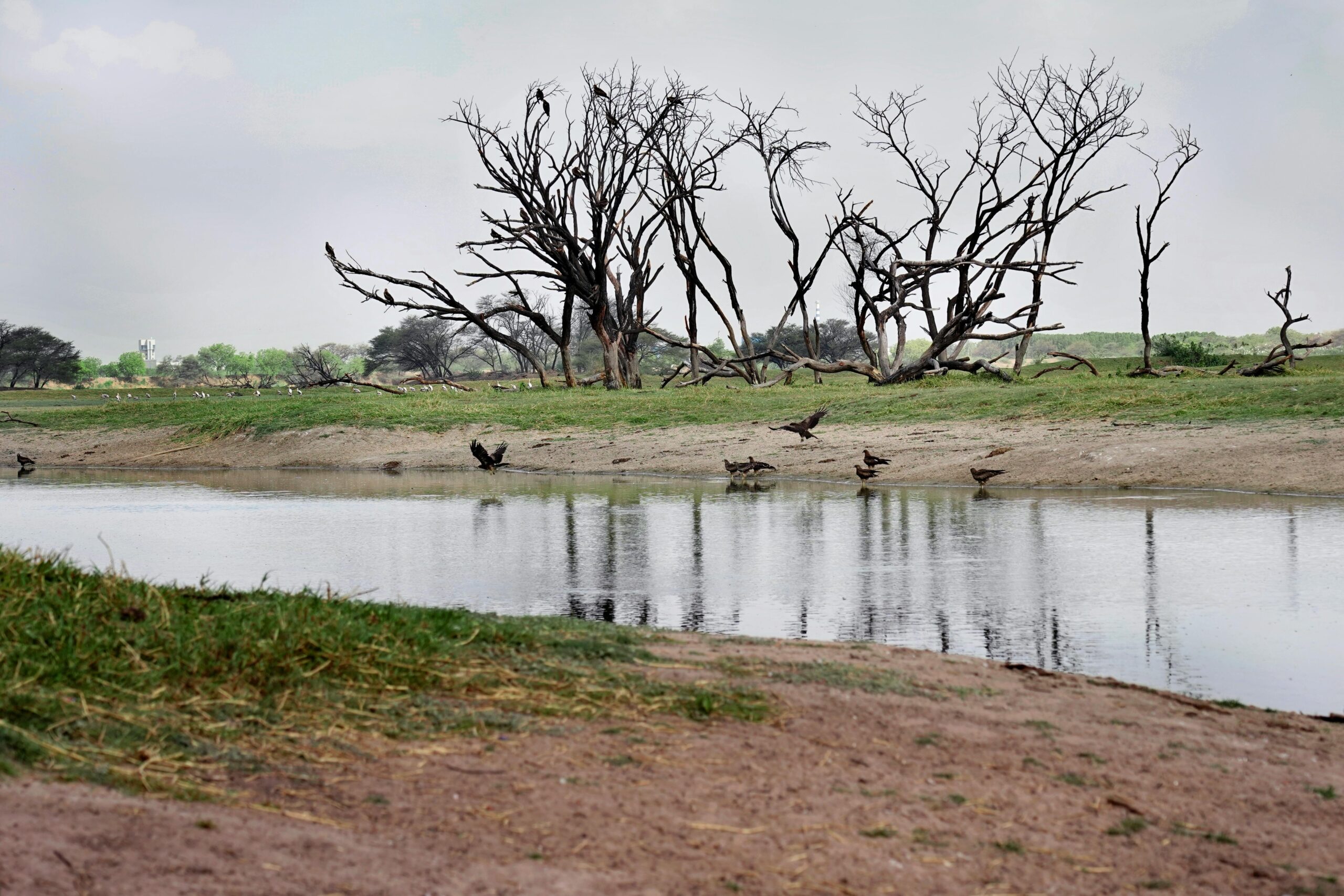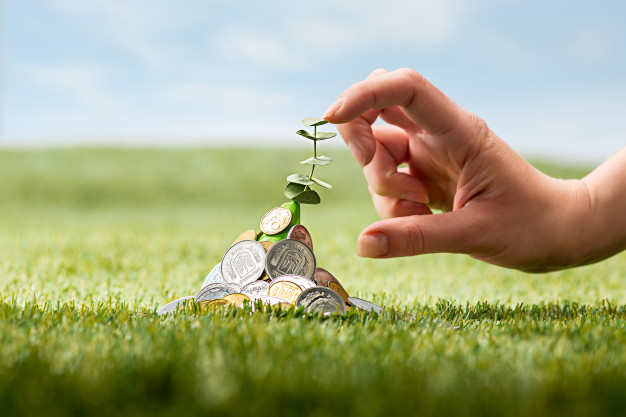As India grapples with the twin challenges of water scarcity and environmental degradation, lake rejuvenation has emerged as a promising solution. Lakes, once the cradles of biodiversity and the lifelines of agrarian livelihoods, have suffered from decades of neglect, siltation, encroachment, and pollution. Yet, the recent resurgence in lake restoration efforts offers a powerful reminder: when we revive lakes, we revive ecosystems, economies, and community well-being.
Across India, lake rejuvenation efforts reveal a fascinating spatial and thematic clustering. Southern states like Karnataka, Tamil Nadu, and Telangana have emerged as hotspots, where both government-led missions (like Mission Kakatiya) and corporate CSR collaborations (e.g., BBMP-MNC partnerships in Bengaluru) are transforming urban and semi-urban lakes. In the north, Uttar Pradesh’s Har Gaon Talab campaign showcases a state-driven, scale-intensive approach — with over 1,000 ponds created in a single month in Lakhimpur Kheri alone. Western India, including Maharashtra and Gujarat, has seen robust CSR involvement, with companies like Dana India and Earth5R reviving lakes and canals in industrial corridors. Meanwhile, Kerala’s canal rejuvenation in Kochi and Singanallur Lake in Coimbatore represent hybrid models blending ecological restoration with urban development. This geo-thematic mapping reveals an evolving landscape: CSR-led interventions are concentrated in industrial belts and metro suburbs, while government schemes dominate agrarian and water-stressed interiors. Together, they form a mosaic of public-private-civic partnerships shaping India’s ecological future.
How Biodiversity Thrives When Lakes Are Restored
Healthy lakes are biodiversity hotspots. They support aquatic and terrestrial species, serve as breeding grounds for fish and amphibians, feeding sites for birds, and watering holes for wild animals. However, when lakes dry up or get choked with silt and waste, they lose their ecological function — and with it, the biodiversity they support.
Taking two examples from our work at NuSocia on assessing lake rejuvenation initiatives, along with data from other similar sources, we argue the significance of looking at biodiversity objectives while considering Lake Rejuvenation initiatives.
In a comprehensive intervention across Uttara Kannada, Haveri, Dharwad, and Shivamogga districts, a corporate foundation revived 26 lakes through desiltation, infrastructure repair, and engaging local communities actively. Our assessment brought out the following evidence of change on Ecology and Society as a result of this intervention:
- Enhanced Biodiversity: Rejuvenated lakes witnessed increased green cover and a return of migratory birds. Locals reported sightings of various bird species, frogs, insects, and improved aquatic life — a sign of renewed ecological balance.
- Groundwater Recharge & Soil Health: With over 181,000 cubic meters of additional water storage capacity created, groundwater tables rose, supporting year-round irrigation and reducing the need for chemical fertilisers. The use of lake silt as natural fertiliser led to a 50% drop in chemical usage for paddy and 45% for maize, indirectly reducing pollution and promoting microbial diversity in the soil.
- Livelihood Diversification: The lakes now support fish farming, dairy, and horticulture, adding income streams for over 840 farmers and impacting 3,360 acres of farmland.
- Community Ownership: The creation of lake committees ensured that the restored ecosystems were maintained locally, reinforcing a culture of conservation.
Another intervention as part of an integrated rejuvenation effort, a comprehensive intervention was undertaken around the Khadakwasla Dam, involving desiltation, restoration of the catchment area treatment through plantation, and the development of an Eco-Park. The initiative aimed to enhance the ecological and functional capacity of the dam while supporting surrounding communities.
- Increased water-holding capacity of the dam, improving water availability.
- Reduction in soil erosion due to stabilized catchment slopes and pathways created using desilted soil.
- Improved agricultural productivity, as farmers reported better crop yields by using nutrient-rich silt on their farms.
- Enhanced local biodiversity, with tree plantations supporting bird habitats and strengthening the local food chain.
But do all Lake rejuvenation efforts protect/ conserve biodiversity?
Not all interventions come with a thriving ecosystem. One such example is that of Bengaluru’s historic urban lakes – Bellandur, which underwent rejuvenation efforts that focused heavily on beautification and infrastructure development, such as concrete walking paths, amphitheatres, ornamental lighting, and paved bunds. While the intent was to improve public access and aesthetics, several ecologists and local citizens raised concerns about its adverse ecological impacts:
- Concrete embankments replaced natural soil and vegetation edges, destroying nesting and feeding grounds for birds, amphibians, and insects.
- Disruption of wetland buffer zones eliminated shallow-water zones critical for native aquatic plants and breeding fish.
- Noise and artificial lighting reduced the habitat suitability for migratory birds, some of which stopped visiting the lake post-renovation.
- Non-native ornamental plantations replaced local species, weakening ecological resilience and affecting pollinator populations.
This case illustrates how aesthetic or civic-minded rejuvenation efforts, when not grounded in ecological principles, can inadvertently degrade biodiversity and reduce the ecological value of restored water bodies.
How do we build Lake Rejuvenation Initiatives that are sustainable?
Lake rejuvenation is more than just an infrastructure project. It is a socio-ecological intervention that:
- Restores ecological integrity by promoting natural flora and fauna.
- Supports climate resilience through groundwater recharge and flood regulation.
- Improves livelihoods and reduces rural distress, thereby curbing urban migration.
- Strengthens community stewardship of natural resources.
A sustainable lake restoration effort must integrate the following objectives beyond desiltation and beautification:
The revival of lakes is not just about water — it’s about bringing back life in all its forms. As India navigates a future of environmental uncertainty, lake rejuvenation stands as a powerful, visible symbol of resilience — reminding us that when we restore ecosystems, we restore hope.




